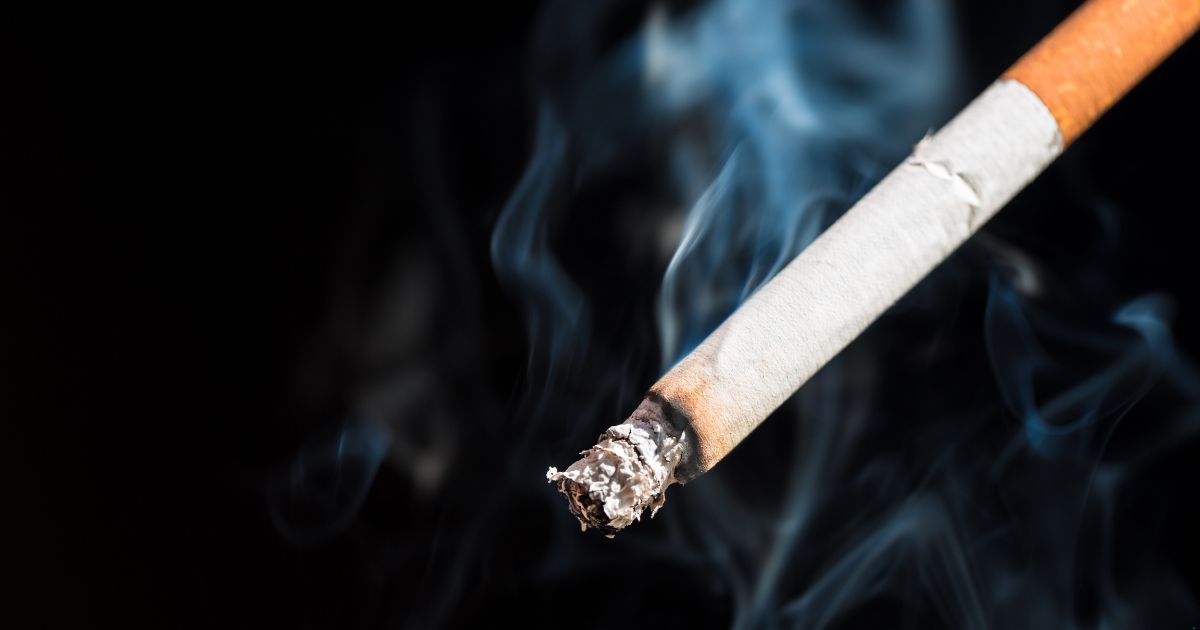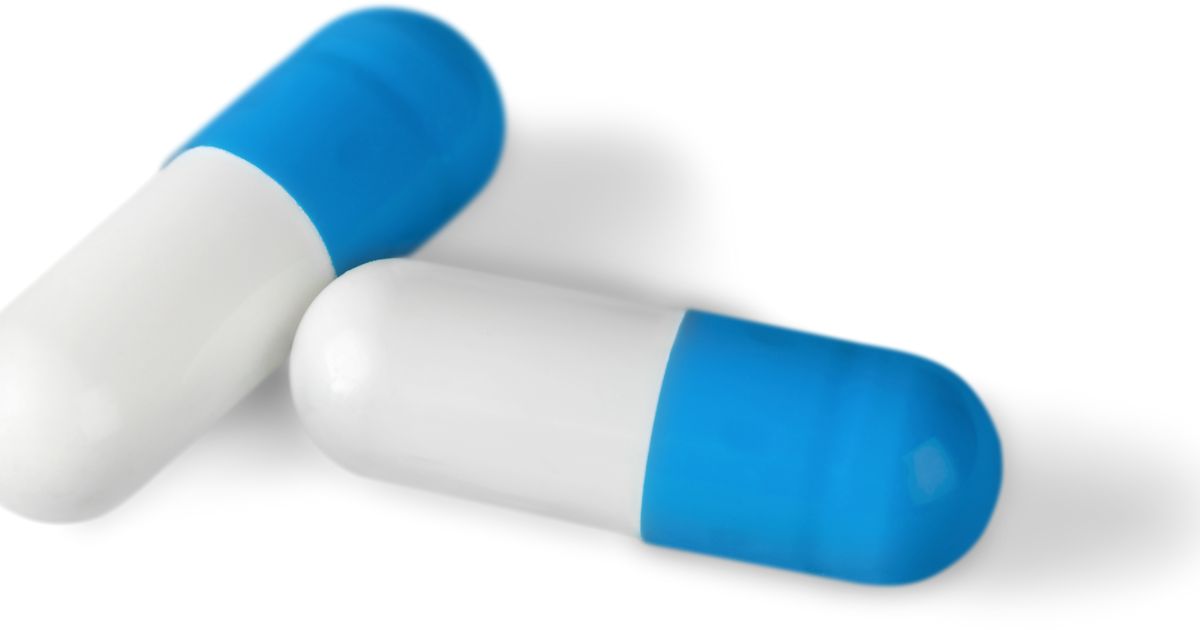Dime bags might seem small-time, but their impact can be far from minor. Whether it’s marijuana, cocaine, or even synthetic drugs, dime bags are often a person’s introduction to drug use, especially on their own. Understanding what dime bags are, what they contain, and the risks involved is key to recognizing the early signs of drug use. In this article, we’ll break down everything you need to know.
What Does “Dime Bag” Mean?
A dime bag is slang for a small quantity of drugs. It’s most commonly used regarding marijuana, but the term can also apply to other drugs, depending on the context and the region. It’s also sometimes called a “dime sack” or just simply, a “dime.” This is much smaller than an 8-ball of drugs, which is another street term used for drug quantity (in this case 3.5 grams).
Dime bags usually contain about a gram of marijuana, though the exact amount can vary based on factors like location, dealer, and the quality of the product. While the term might seem like harmless slang, it often represents a stepping stone into deeper substance use, especially for those experimenting with drugs at an early stage.
Understanding street terms like dime bag is important for raising awareness about drug use and recognizing potential warning signs in yourself or loved ones. What starts as casual use can, over time, develop into patterns of dependence or addiction, underscoring the importance of early education and intervention.
How Much Is a Dime Bag?
The name gives a clue as to the price point — “dime” being street slang for ten dollars.
How Much Is a Dime Bag of Marijuana?
A dime bag of weed typically costs around ten dollars and usually contains between half a gram to one gram of cannabis, depending on the quality and the location where it is sold.
How Much Is a Dime Bag of Cocaine?
A dime bag of coke generally costs between ten and twenty dollars and usually contains about one-tenth to two-tenths of a gram, as cocaine is more expensive and potent than marijuana.
How Much Is a Dime Bag of Heroin?
A dime bag of heroin typically costs roughly ten to twenty dollars and contains approximately one-tenth to two-tenths of a gram, with the exact amount depending on the purity and local pricing.
How Much Is a Dime Bag of Methamphetamine?
A dime bag of meth usually costs between ten and twenty dollars and contains around one-tenth to three-tenths of a gram, though prices and quantities can vary widely by region.
Substances Commonly Sold in Dime Bags
While the term dime bag originally became popular in reference to small amounts of marijuana, over time, it has also been used to describe other illicit substances sold in similar quantities.
Here are some of the most common dime bag drugs:
- Marijuana (Cannabis): By far the drug most associated with dime bags, marijuana is typically sold in these small plastic bags in quantities of about one gram — enough for a few small joints or one or two larger ones. The accessibility and lower price point make dime bags a common way for users to purchase marijuana, especially for casual or first-time users.
- Cocaine: Though less common, dime bags can also be used to package a small bag of cocaine. In these cases, a dime bag of coke might contain a smaller quantity than a gram, given the higher price point of the drug. Packaging varies but often uses small plastic baggies or folded paper.
- Heroin: Heroin is sometimes sold in dime bag quantities as well, though packaging may differ — dealers may use small plastic bags, wax paper folds, or glassine envelopes. Because of its potency, even a dime bag of heroin can pose serious health risks.
- Methamphetamine: Like cocaine, methamphetamine may also be sold in small baggies resembling a dime bag. The quantity and appearance can vary, but it is often packaged in clear plastic bags to resemble those used for other substances.
- Synthetic Drugs: In some cases, synthetic drugs like synthetic cannabinoids (“spice”) or synthetic cathinones (“bath salts”) are sold in dime bag quantities. These substances are often highly dangerous due to unpredictable chemical compositions.
While dime bags may not contain much of a particular substance, depending on what it is, they can still be very dangerous. And whether it’s marijuana, cocaine, heroin, or synthetic drugs, these packaged doses can lead to larger patterns of use, dependency, and addiction over time.
Get confidential help from our addiction treatment specialists in Orange County. Call to join our rehab program today!
Call 866-881-1184The Dangers Behind Dime Bags
There are some significant dangers to dime bags. Obviously, it exposes you to dangerous substances, which aside from being dangerous themselves, can also be surreptitiously cut with other substances without your knowledge. Synthetic drugs and adulterants like fentanyl can cause severe reactions, overdoses, or long-term health complications.
There’s also the fact that such small quantities make trying drugs easy and economical. What thus starts as a small, occasional purchase can easily turn into a regular habit. The accessibility and low cost of dime bags make them appealing for casual use, but repeated exposure increases the likelihood of developing a dependency. Over time, users may begin to seek larger quantities to achieve the same effects.
Dime Bags and the Legal System
Aside from the very obvious risks to one’s health, possession of a dime bag, regardless of the amount inside, can lead to serious legal trouble, especially if it’s a substance other than marijuana. Because dime bags are typically in amounts that fall below the criteria for a charge of drug distribution, you would likely get charged with “simple possession” – possessing drugs for personal use. Depending on the state and the drug, simple possession can be a misdemeanor.
Just because it isn’t a felony does not mean it can’t bring significant consequences. In California, for example, getting caught with a dime bag of cocaine could lead to either $1,000 in fines, a jail sentence of up to a year, or even both. However, you may be able to get the change dismissed if you participate in a California drug court program.
The legal consequences of dime bags can result in arrest, fines, a criminal record, or even incarceration. For young people and working adults, these consequences can have lasting impacts on education, employment, and future opportunities.
Looking for quality substance abuse treatment that’s also affordable? South Coast accepts most major insurance providers. Get a free insurance benefits check now.
Check Your CoverageDime Bags as a Gateway Drug
A gateway drug is a drug that is often found to have been the first substance a drug-addicted person used, before moving on to harder drugs; an “entry-level” drug, in other words. The casual nature of dime bag transactions can contribute to normalizing drug use, especially among younger people or first-time users. Regular, small-scale purchases can desensitize individuals to the risks of drug use, making it easier to justify trying stronger substances or using more frequently.
How Treatment Centers Address Drug Use of All Levels
No matter how harmless it might seem at first, even small quantities of drugs like those found in dime bags can lead to dangerous patterns of use and serious consequences. Once it gets to the point of addiction, the best course of action is seeking treatment at a drug and alcohol rehab in Orange County. At South Coast Behavioral Health, we understand how quickly casual experimentation can turn into dependency. Our team is here to provide compassionate, personalized care for individuals at every stage of their recovery journey. If you or someone you love is struggling with substance use — no matter how it started — reach out to South Coast Behavioral Health today. Recovery is possible, and we’re ready to help you take the first step toward a healthier, brighter future.









